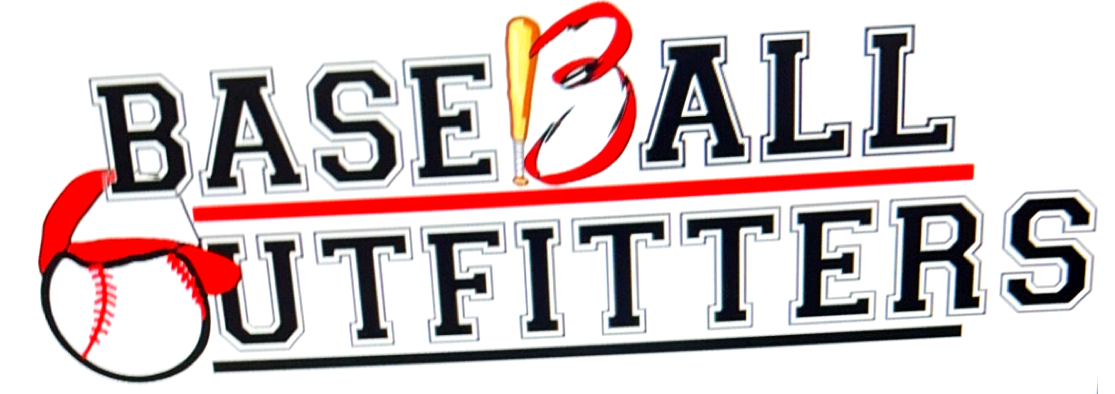Hydration might be the unsung hero in a baseball player’s toolkit. It’s not just about quenching thirst – it’s about fueling your muscles, keeping your mind sharp, and ensuring your body can handle the stress and demands of the game.
Ever felt sluggish during a game? That’s often dehydration creeping in. Even a small drop in hydration levels can lead to decreased performance, increased fatigue, and a higher chance of injury. Trust me, you don’t want to be caught off guard on the field. Recognizing the signs of dehydration like dry mouth, headaches, or dizziness is key to staying on top of your game.
So what are the benefits of staying properly hydrated? For starters, your muscles work more efficiently. They’re less likely to cramp and have better endurance, allowing you to hustle for those extra bases. Hydration also helps regulate your body temperature, which keeps you cool under pressure (literally). Plus, when your body is well-hydrated, your reaction times improve, making that split-second throw or catch just a bit sharper.
It’s simple – staying hydrated means playing better and feeling better. It’s a vital part of a baseball player’s regimen that often gets overlooked but can make all the difference on and off the field.
Daily Hydration Strategies for Baseball Players
Getting your hydration right starts way before you step onto the field. It’s all about creating daily habits that keep your hydration levels consistent. Setting hydration goals is a great first step. While the ‘eight glasses a day’ rule is a good starting point, athletes often need more to stay fully hydrated. Depending on your activity level and the weather, aim to drink at least half your body weight in ounces each day.
Best practices for staying hydrated include drinking water consistently throughout the day – not just when you’re thirsty. If you wait until you feel thirsty, you’re already a bit dehydrated. Carry a water bottle with you at all times and take small sips regularly. Getting into the habit of drinking first thing in the morning can also set the tone for the rest of the day. It’s easy to lose track of how much you drink, so keep a log or use an app to monitor your intake.
Electrolytes are also a big deal, especially for athletes. These minerals (like sodium, potassium, and magnesium) help maintain fluid balance in your body and are lost through sweat during intense activity. You don’t need to chug sports drinks all the time, but incorporating electrolyte-rich fluids like coconut water or a pinch of sea salt in your water can make a significant difference.
Don’t overlook nutrition when thinking about hydration. Foods like fruits and vegetables have high water content and contribute to your overall hydration status. Snacking on watermelon, cucumbers, or oranges throughout the day can boost your hydration levels without you even noticing. Incorporating these foods into meals and snacks helps maintain balance and prevents dehydration efficiently.
Hydration During Training and Games
Hydrating properly during training and games is crucial. Timing matters. Start hydrating at least two hours before your practice or game. Aim to drink 16-20 ounces of water in that window. During the warm-up, sipping another 8-10 ounces helps keep things balanced.
The needs differ between practice and game time. Practices might not have the same intensity as games, but staying hydrated is still essential. For shorter training sessions, water usually does the trick. For longer or more intense sessions, an electrolyte drink can be beneficial.
On game day, having a strategy is key. Drink a bit before stepping on the field, and aim for 7-10 ounces every 20 minutes during play. It’s about consistency. Small, regular sips are better than gulping down water all at once. Your body absorbs fluids more efficiently this way, keeping your hydration levels steady.
Portable hydration solutions are a game-changer. Having a refillable bottle or a hydration pack makes access easy. No more excuses about availability. Hydration belts or vests are also handy, especially for those who find it hard to stop for a sip during play.
Listen to your body’s needs. Some days, you might need more fluids, especially in hot or humid weather. If you start feeling sluggish or notice a dry mouth, it’s a sign to up your intake. Always pay attention to what your body tells you and adjust accordingly.
Advanced Hydration Techniques and Tools
Getting advanced with your hydration can give you that extra edge. Using hydration apps and devices helps track your intake more accurately. Apps provide reminders and help you plan your hydration around your schedule. Some smart water bottles even sync with these apps, ensuring you’re always on top of your hydration game.
Tailoring hydration plans based on analytics is another level up. Many apps and devices collect data on your hydration habits, workout intensity, and environmental conditions. This information allows you to adjust your intake, ensuring you’re getting exactly what your body needs based on real-time data. Personalized plans can significantly improve performance and recovery.
Hydration products specifically for athletes can make a big difference. Look for drinks with a good balance of electrolytes and low sugar content. Products like hydration tablets, powders, and specially formulated drinks deliver what your body needs without unnecessary extras. These products are designed to replenish essential minerals lost during intense activities.
Real-life examples and success stories are excellent motivators. Athletes who’ve mastered their hydration techniques often share their stories and tips. Learning from their experiences can inspire and guide you in refining your strategies. Reading up on case studies or listening to interviews can offer practical insights and innovative ideas to incorporate into your routine.
